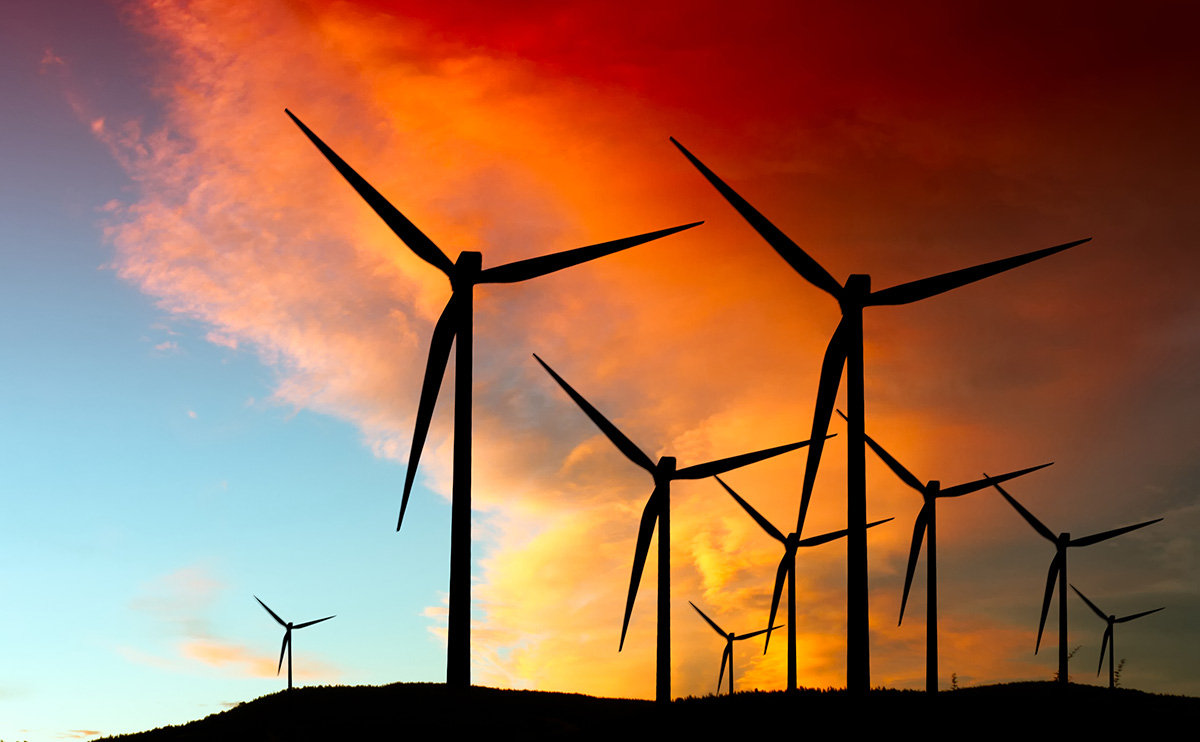Gas condensates production from Egypt’s mammoth Zohr gas field increased to 4,000 tonnes per day, up from 3,500 tonnes in 2018, as a result to the increase of the field’s total production to 2.1bn cubic feet per day (scf/day).
A petroleum sector source informed Daily News Egypt that the field’s extracted sulfur production increased to 50 tonnes per day, up from 25 tonnes in 2018, which will increase the field’s revenues.
He explained that the the returns of selling the extracted Sulfur from Zohr gas field will be allocated to financing community development services carried out by the oil companies operating in Port Said.
He added that Eni started establishing the seventh processing unit, with an average capacity estimated at 400m scf/day.
The source noted that the company has completed drilling, and linking 10 wells in the deep waters of the Mediterranean Sea increasing the production to 2.3bn scf/day.
He said that the company completed the sixth natural gas treatment unit at Zohr by the end of this month, taking the total capacity of the treatment station to 2.4bn cubic feet of gas per day.
The source explained that each well at Zohr field average production currently stands at between 200-300m scf/day.
The production will be connected to the new gas treatment land station in the Gemayel area in Port Said, afterwards, it will be pumped into the national gas network. Following will be the completion of technical tests of the processing units and the gas transmission lines from the field wells to the treatment plant.
He pointed out that completing the development of the second phase of Zohr will take place in June, increasing the total production capacity to 2.7bn scf/day.
He added that Eni aims to invest about $4bn in the development of the second phase of Zohr this year, increasing the company’s total investments in the project to $16bn.
The source stressed that the ministry of petroleum seeks to speed up the implementation of the next phase of Zohr upon the directives of President Abdel Fattah Al-Sisi to speed up connecting the project’s production to the national grid.




